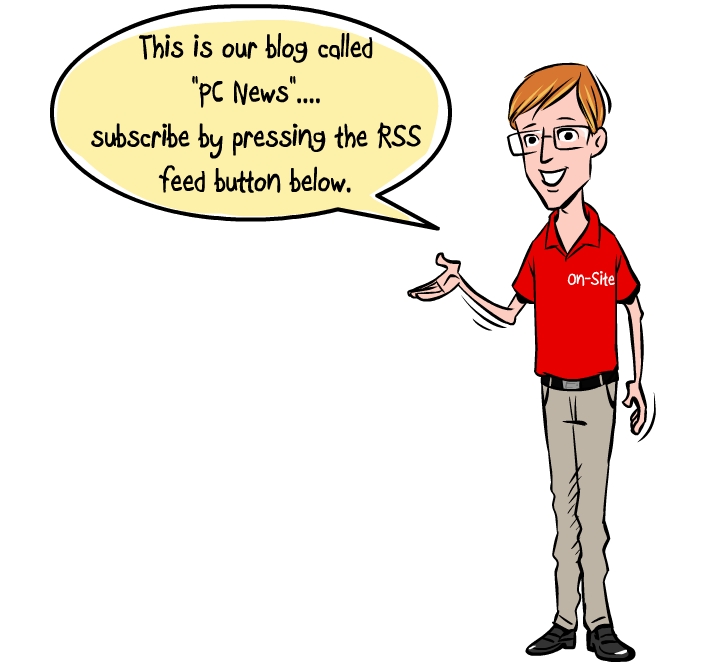While there are many advantages to using a paid-email service, there are many great options for those seeking a free email service. It’s not always easy to determine the differences, but a little bit of research can go a long way to finding the perfect service for your requirements.
What to look for:
1. Security: Where intentional or inadvertent, most of us store a plethora of personal and confidential information in our email accounts. Passwords, bank account / credit card information, and tax returns are just a few examples. Be sure your free email provider has multiple layers of protection.
2. Features: What does the service in question offer beyond the ability to send and receive email? How much storage is included? Is there a messaging app? A calendar feature? Is the ability to filter and sort your incoming email important to you?
3. Support: Does the provider have a good reputation with regards to help and support? It can be more than a little inconvenient if your email is down and no help is available. If you’re looking for service stability, the more popular services are usually a better bet.
Popular Free Providers:
1. Gmail: Google is everywhere. It’s difficult to not have a Gmail account. At the very least, a Gmail account is required for any real functionality with Youtube. Gmail includes a messaging and calling feature. There is even the ability to get a unique phone number that can be linked to your cell or home phone. Gmail arguably has the greatest functionality, but limits users to 10 GB of inbox storage.
2. Yahoo email: Yahoo email is still very popular, though has fallen out of favor in recent years. Many email users appreciate the ability to avoid the nesting that is forced upon users of Gmail. Yahoo boasts unlimited inbox storage, but lacks the cloud storage feature of Gmail.
3. Mail.com: This relative newcomer also has unlimited storage and the ability to utilize aliases to protect your identity. The maximum attachment size is 50 MB, falling between Gmail’s 20 MB limit and Outlook’s 300 MB limit.
4. Outlook.com: There’s a lot to like about Outlook’s email offering. Unlimited storage, 300 MB maximum attachment size, and 7 GB of cloud storage. While Outlook lacks Gmail’s video chat feature, it does include aliases, an RSS reader, and social media feeds. Outlook is growing in popularity and many users look to alternatives to Gmail and Yahoo email.
There are numerous free email providers, many more than listed above. Be sure to examine all the options before making a choice. Compare features, security, and support to find the one that is the best fit for you.


